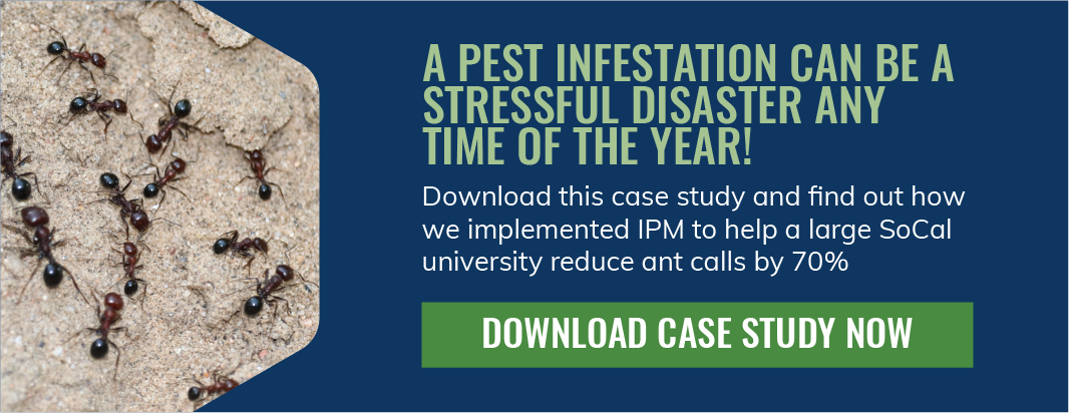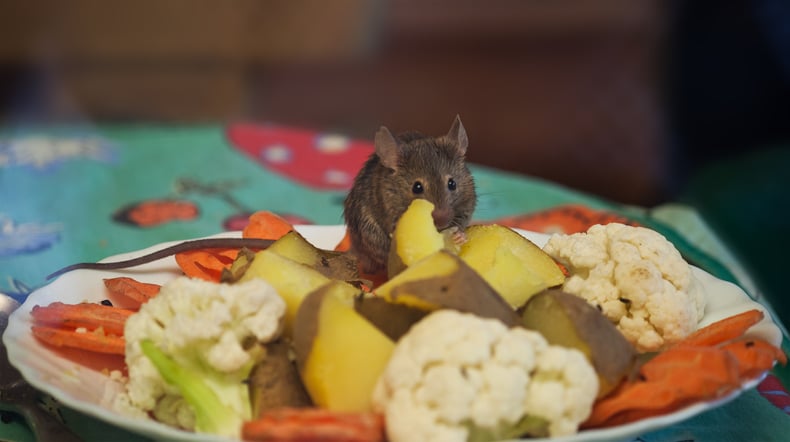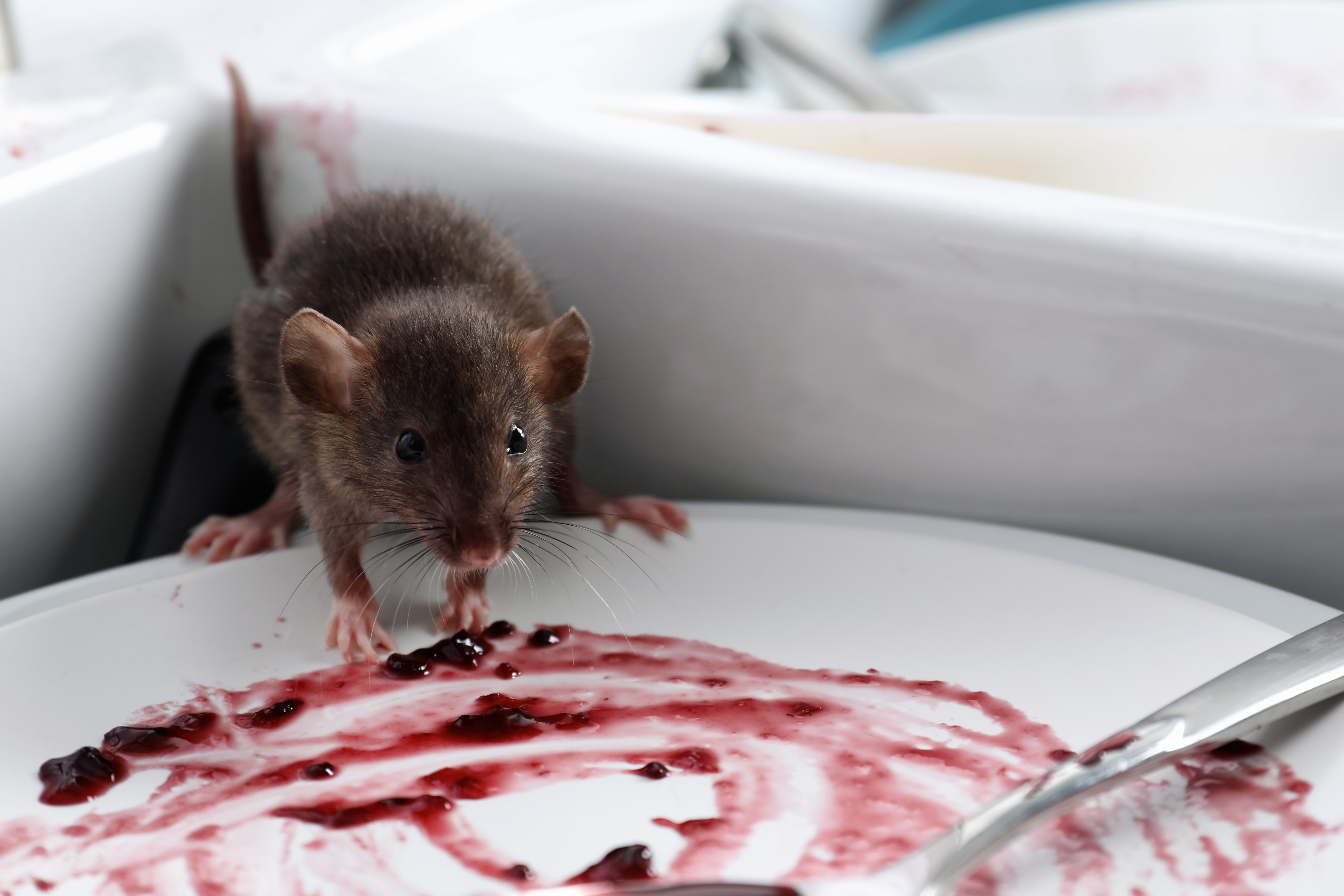This article, written by our own Operations Manager, Paul Townsend and showcased in the November/December Focus Magazine, explains the importance of Integrated Pest Management to reduce the use of pesticides and prioritize natural solutions.
Poison kills - Nowadays, public perception of pesticides is under attack, with many already banned in California. Traditional pest control methods commonly used today are under a microscope due to damage to non-target animal populations and the environment. But our homes and HOAs need pest control to maintain a safe and healthy environment. What can we do?
Integrated Pest Management, or IPM, is the answer. IPM focuses on developing ethical and effective pest management strategies that reduce the use of pesticides and prioritize a variety of
non-pesticide solutions. IPM is most effective when used as preventative measures to limit pest infestations before they begin. These strategies include cultural, mechanical, biological, and chemical control methods.
It is understandable wanting to eradicate pests as quickly as possible-rodents or bugs in your home can be unsettling. However, a "spray everywhere" pesticide treatment is not the right approach. IPM methods limit pesticide usage and emphasize alternative ways to reduce pest populations. Pests need three staples to succeed in becoming established: food, water, and shelter. Removing any, or all, of those essential elements reduces pest populations. IPM provides tactics to address those three staples.
The first phase of IPM is cultural changes; or making lifestyle changes that help limit the growth of pest populations in the first place. The most common forms of cultural pest control are to keep trash cans closed, prevent trash from overflowing, and periodically cleaning trash cans; many types of pests are attracted to garbage as a food source. By eliminating the food source, pests will not be attracted to the area, and even if they do arrive, they won't have the food source to sustain themselves. Another common issue is residents leaving pet food and water out. Like garbage, pet food attracts pests; don't provide a food source. Actively practicing cleanliness/ sanitation and preventative cultural habits can reduce unwanted pest infestations.
The second phase of IPM is physical or mechanical and can be utilized to both prevent problems as well as react to an infestation. Pest control is most effective before an infestation; with minor planning, homeowners can protect their property by eliminating enticing environments. Physical alterations to your property such as plant placement and maintenance is an effective physical IPM technique. Thinning out plants and keeping them 3 feet away from the building removes shelter and access; skirting up plants by removing the lower branches and foliage can also help prevent pests from entering your home.
Obviously, holes in a structure of any size provide easy entry points for pests. Rats can fit through an opening the size a quarter and mice can squeeze through openings as small as a dime, seal holes any larger than a dime. Do not leave garage doors open-not even 1 inch. Caulking around window and door trim will help limit insect access.
If a problem is already established, physical control is the first reactive option. Live traps, snap traps, glue boards, etc. are used in many scenarios but can be cumbersome and cost prohibitive on a large scale. However, a well-trained technician can use these tools to identify the problem location and recommend solutions prior to using a pesticide.
The third phase of IPM is biological. In other words, use nature to fight back. The type of plants you grow around your property can play a big part in attracting or repelling pest populations. In some cases, plants such as basil or bay leaf can help deter certain pests. Attracting predators to the area can cut down on pest activity, such as pests that affect gardens or crops. Consider installing raptor poles or owl boxes. Other options are the use of ladybugs to control aphids on plants, or the use of mosquitofish in water to control mosquito larvae. There are also biological methods that can be utilized to reduce the pest population and prevent or reduce the need for pesticides.
The final phase of IPM is the use of chemicals with the intent to reduce overall pesticide usage. Health and safety are the priority when controlling pests and if the pest population doesn't react to the earlier phases of IPM, targeted pesticide usage is recommended. This phase most definitely must be combined with other methods of IPM; if the recommended changes are not implemented, the problem will most likely return, continuing the need for pesticides.
In IPM, the chemical phase does NOT mean "spray everywhere." Technicians use pinpoint applications, monitoring techniques to identify problem locations, with the intention to significantly reduce the use of chemicals on a site. The important thing to consider when using chemical control is safety for the environment, other animal populations, and of course, people. Pesticide usage is an acceptable form of pest management, but only when properly done.
Rat bait stations must be secured, locked, labeled, and maintained regularly. Sprays cannot be used if there is wind over 10 mph, or rain is in the immediate forecast. Technicians must have specific licenses. Landscape pest services require a Qualified Applicators License ( QAC), termite treatments require a Structural Pest Control Board (SPCB) Branch 3, and insect or rodent treatments require a SPCB Branch 2.
Ultimately, is the IPM approach right for you? The simple answer is yes-all homeowners, HOAs, businesses, etc., can effectively limit or even resolve their pest issues by using IPM measures. Integrated pest management techniques help prevent pest problems before they develop, lower pesticide usage, are better for the environment, and are highly effective.
Paul Townsend is Operations Manager for Animal & Insect Pest Management Inc. since 2007. He holds a Structural Pest Control Field Representative license in both Branch 2 and 3, a Department of Pesticide Regulation Qualified Applicators License, and CA Department of Fish and Wildlife Trapping. He can be reached at ptownsend@myaipm.com.

.png)



.webp)



Submit a Comment